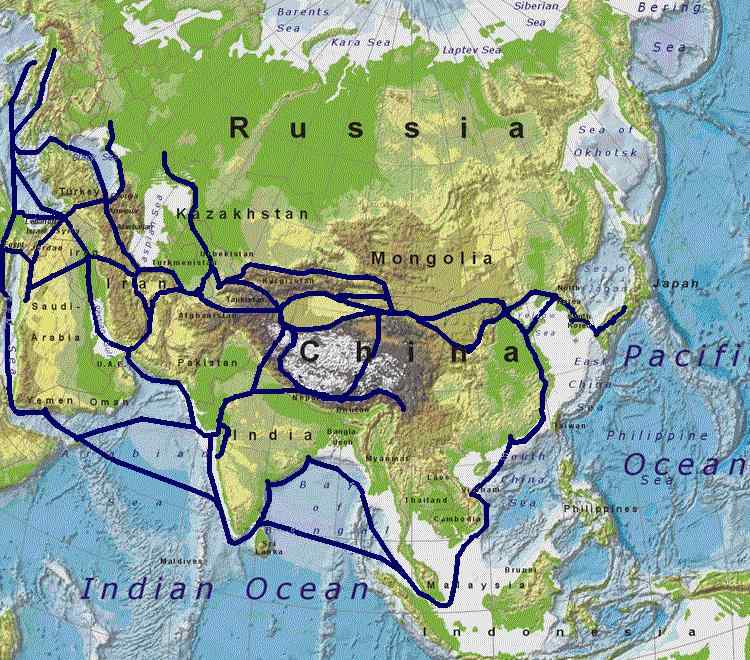The Silk Road: How Ancient Trade Routes Still Shape the Modern World
Unveiling the Enduring Legacy of the Silk Road: Connecting East and West Through Ancient Trade Routes

Introduction
The Silk Road stands as a monumental testament to ancient globalization, a sprawling network of trade routes that profoundly shaped civilizations across continents. This article delves into the profound historical significance of the Silk Road, exploring its origins, the vast exchanges it facilitated, its eventual decline, and its remarkable modern resurgence. Discover how these ancient pathways continue to influence global connectivity and cultural exchange.

Tracing the Origins and Development of the Silk Road: Ancient Trade Routes Flourishing from 2nd Century BCE to 14th Century CE
The Silk Road's Rich Tapestry: Beyond Goods to the Exchange of Ideas, Religions, and Technologies
Beyond the valuable silks and spices, the Silk Road facilitated an unparalleled exchange of knowledge, spiritual beliefs, and technological innovations. This ancient network fostered deep cultural interactions, leading to the spread of religions like Buddhism, Islam, and Christianity, alongside advancements in art, science, and philosophy. The transmission of these non-material goods had a lasting impact on the civilizations of both East and West, shaping their development in profound ways.

Understanding the Decline of the Silk Road: From the 15th Century Onward
The Modern Resurgence: China’s Belt and Road Initiative (BRI) as the New Silk Road
The spirit of the ancient Silk Road is being reimagined in the 21st century through China's ambitious Belt and Road Initiative (BRI). This massive infrastructure project aims to connect Asia, Europe, and Africa through a vast network of roads, railways, ports, and pipelines, echoing the historical trade routes. The BRI seeks to foster economic cooperation, enhance global trade, and promote cultural understanding, much like its historical predecessor. This modern initiative highlights the enduring vision of connecting diverse regions for mutual benefit.
Conclusion
From its ancient pathways facilitating trade and profound cultural exchange to its contemporary reimagining, the Silk Road's influence on global development remains undeniable. It stands as a powerful symbol of connectivity, demonstrating how shared routes can bridge distances, foster understanding, and shape the course of history for centuries to come. Its legacy continues to inspire new initiatives for global cooperation and economic integration.

